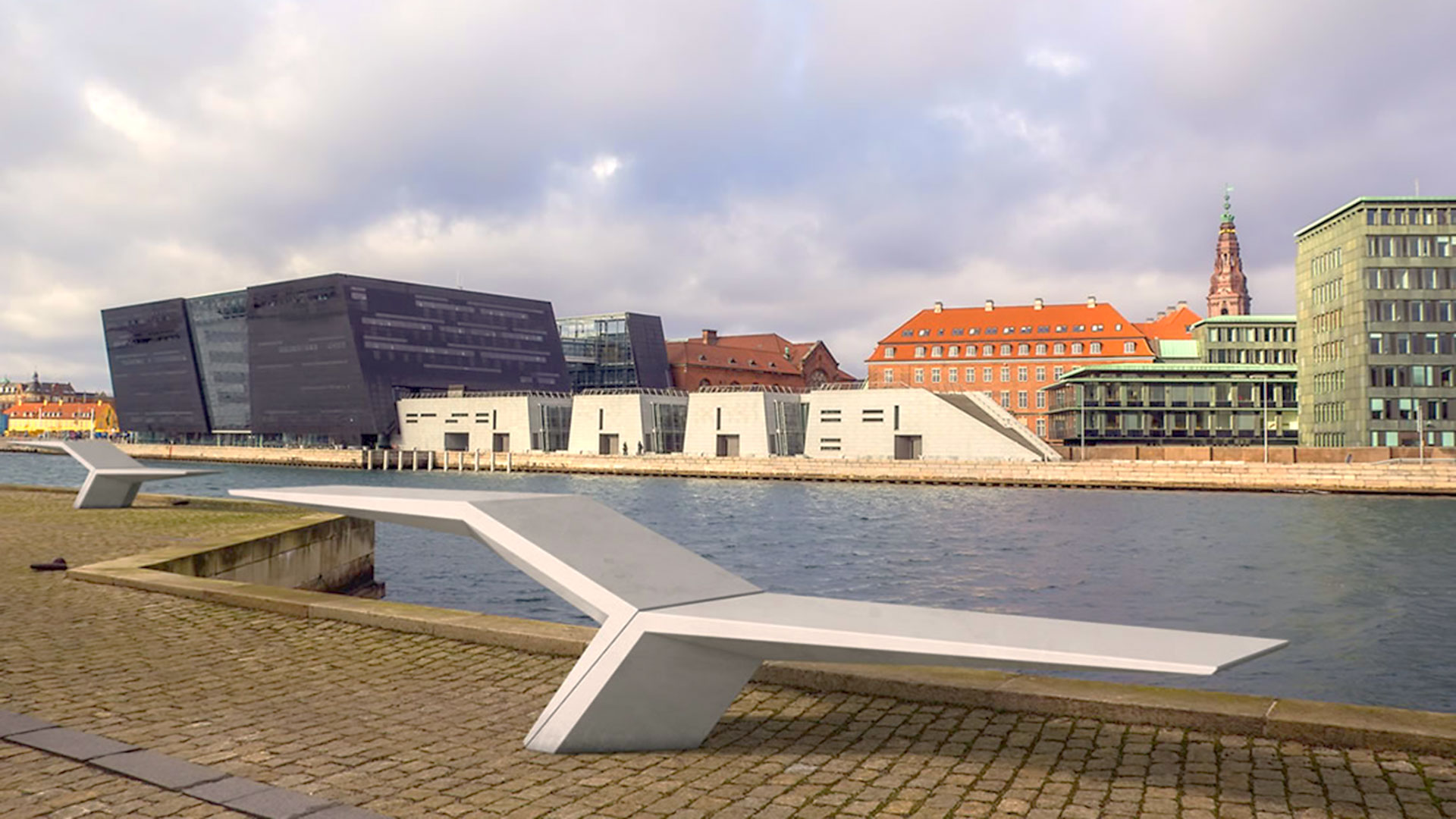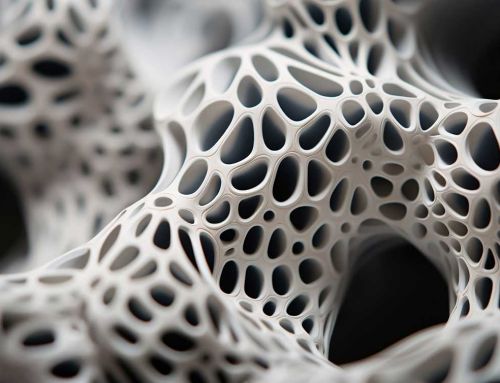
One of the materials that has emerged in recent years in the construction sector, is ultra-high performance concrete (UHPC). UHPC was developed in response to complex structural problems such as skyscraper pillars or bridge supports, which are subjected to high loads. This material precisely has this very high compressive and tensile strength (up to 200 Mpa in pure compression and between 15 and 20 Mpa in pure tension), whereas, in contrast, the tensile strength of traditional concretes is often neglected and their pure compressive strength is lower (up to about 40 Mpa).
The tensile strength of UHPC is due to the presence of fibres in its composition. These fibres act as small threads that stitch together the tensions generated in the concrete. As a consequence of this tensile strength, the amount of rebar required in the construction is reduced. For this reason, UHPC is often reinforced with small diameter bars (8, 10 and 12 mm) where high tensile stresses are expected. However, shear reinforcement is not necessary due to the high compressive strength and the stitching effect of the fibres.
Over time, the uses of this type of concrete have expanded beyond the structural field. In this respect, the application of UHPC in street furniture is a growing trend, thanks to its high durability in outdoor conditions (especially in marine environments). At the same time, it requires very little maintenance. Moreover, its great fluidity before it sets allows it to be moulded into shapes that were previously unthinkable.
These properties offer innovative design possibilities that sometimes seem to defy the laws of physics. One of the characteristics of designs constructed with UHPC is the thinness of the component parts. One of the many areas of application of this material is precisely that of urban furniture, to which it opens up infinite design possibilities, whether for benches, railings, perimeter fences, planters, and so on.
By Alberto López García, Senior Structural Engineer at Amusement Logic’s Architecture Dept.

RELATED STORIES
Newsletter



